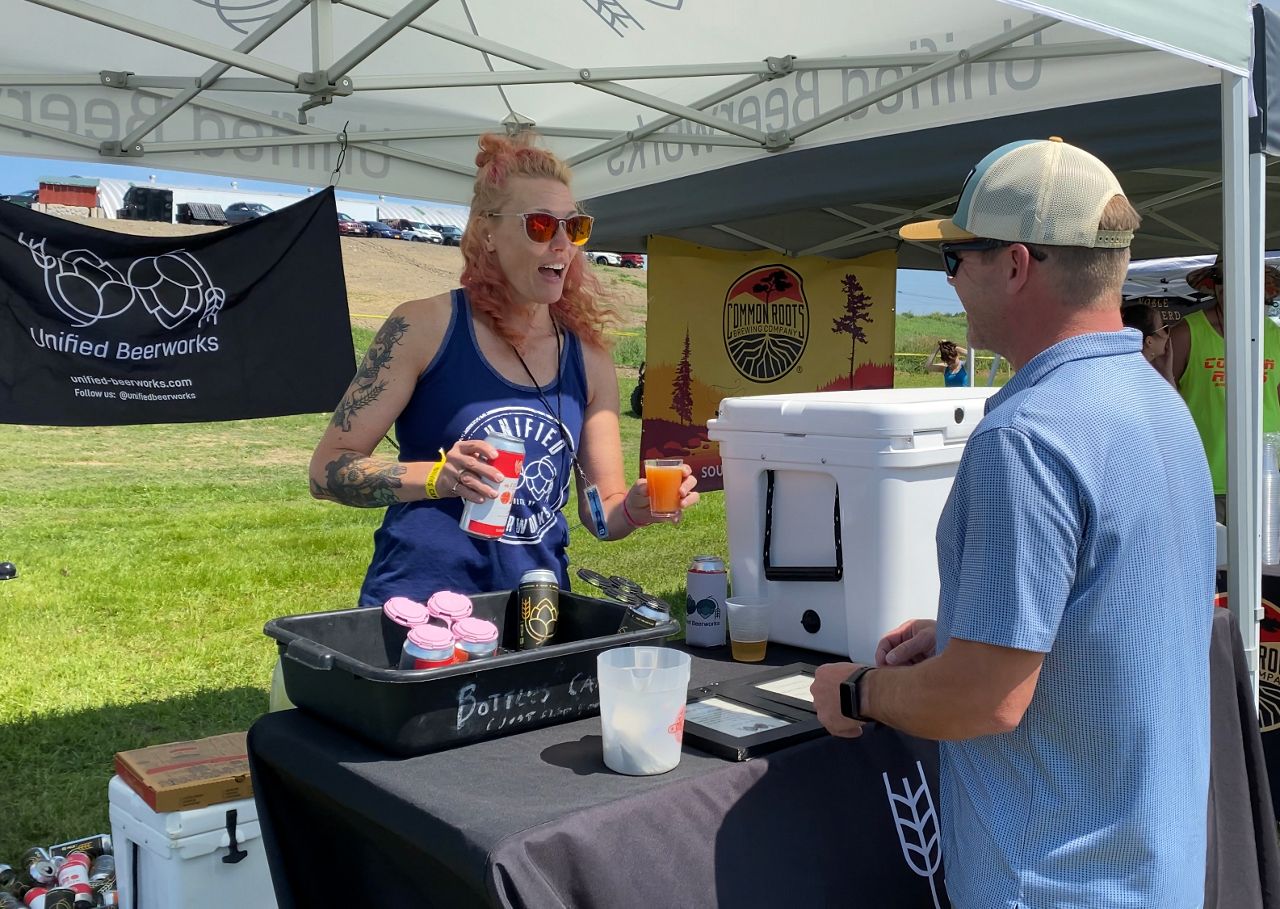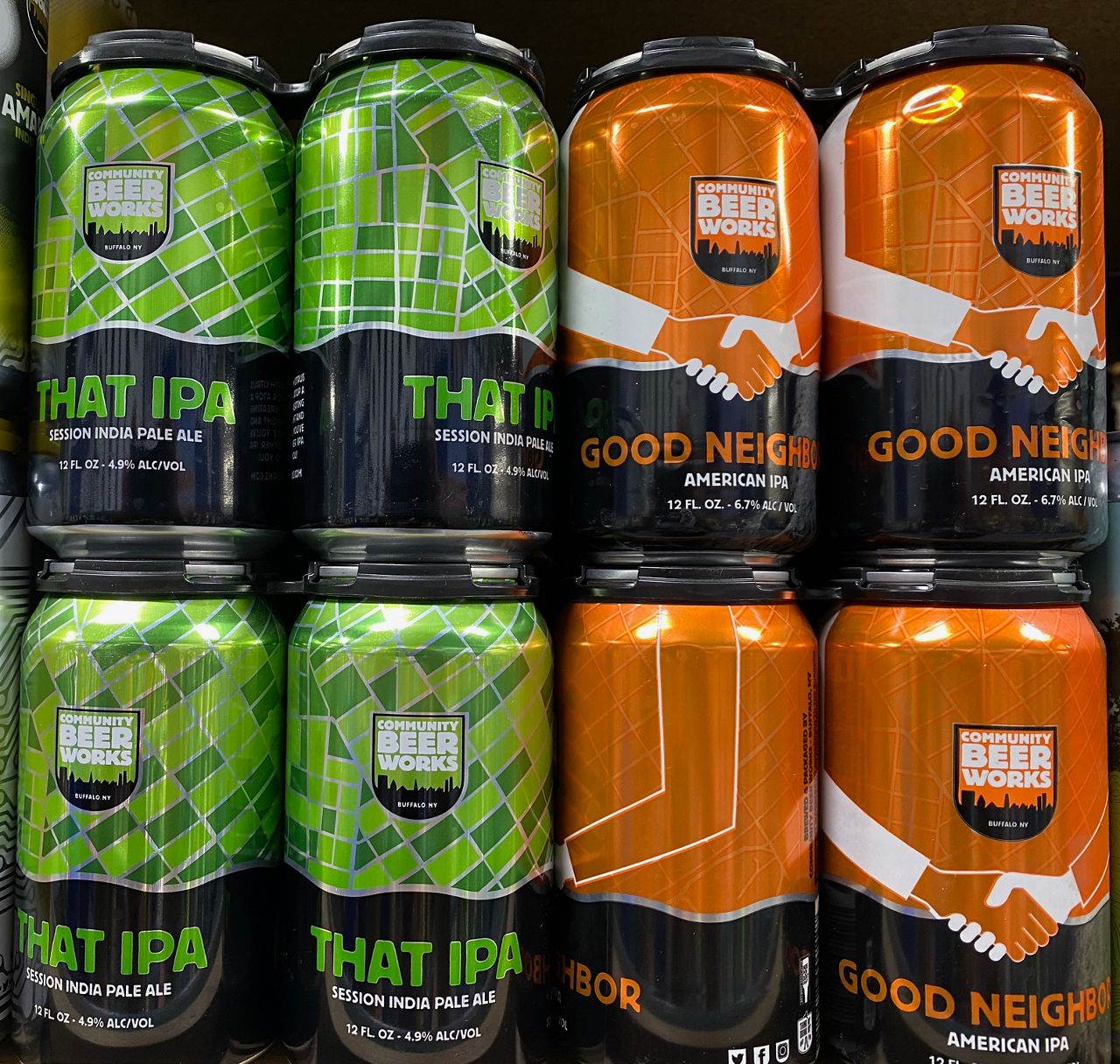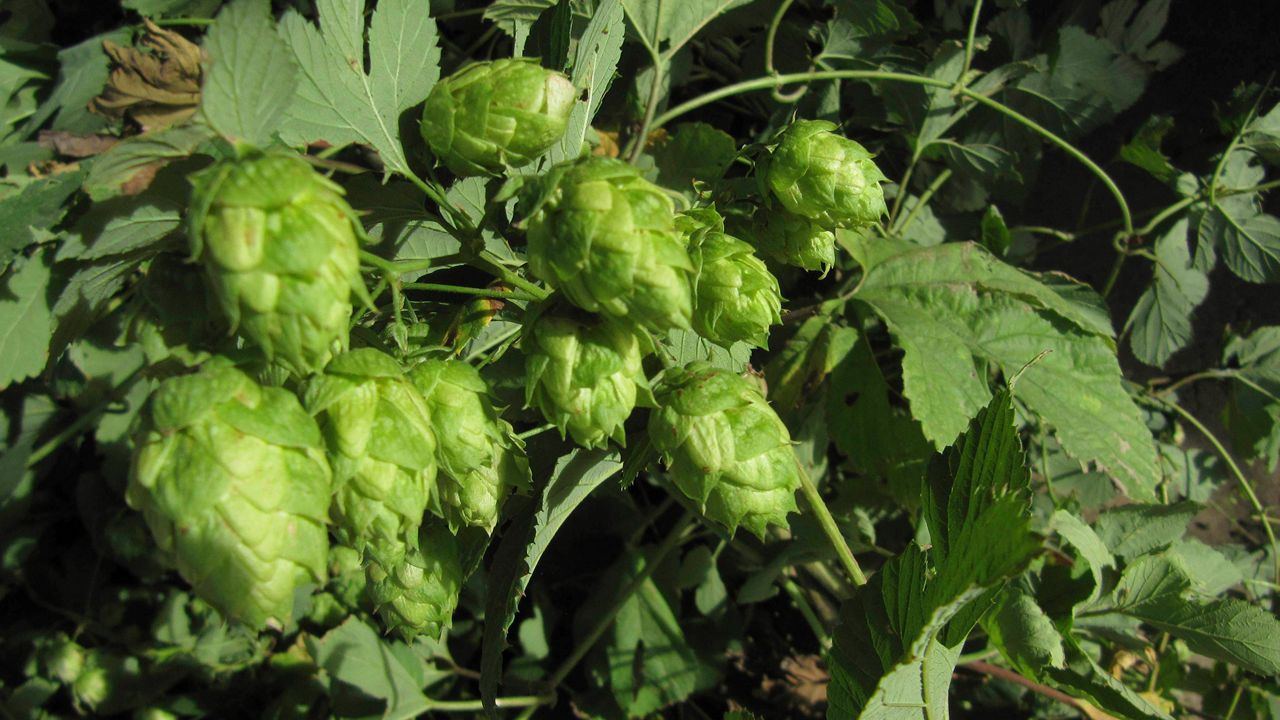It was always part of Jeff Mannion and Erika Anderson’s long-term plan.
The co-founders of Unified Beerworks in Malta felt they were at least three years away from buying a canning line for their various craft beers. COVID-19 changed, along with many other things, the timeline for that acquisition.
It was at least a $200,000 capital investment, Mannion figured, a gamble for the now-four-year-old brewery if acquired too early.
Luckily for Unified, the gamble paid off.
- MORE COVERAGE | Plenty on tap as craft beer industry grows in New York
“That honestly saved our business,” Anderson said. “Having the canning line has been absolutely pivotal for us because it’s really gotten our beer out there. It can travel so many more places.”
For many New York breweries, COVID-19 represented the biggest challenge to growth as the number of craft breweries rises in the Empire State and the nation. It is far from the only concern, though, as supply chain issues of the last year or so have forced some to look closer to home for the ingredients needed to brew their beer.

One of the key ingredients to beer is hops. While COVID-19 forced many people into quarantine, the demand for libations only rose. That led to a boon for hop farms like Crooked Creek, owned by Chris Holden, who is also the sales and marketing director for the New York Hop Guild.
“I think during COVID, everyone was at home. There was a lot of beer being consumed,” Holden said.
As the demand for beer grew, so did the demand for easily accessible hops for New York brewers. Crooked Creek – with fields in Addison and Corning – processes its hops into the pellets breweries need, and the New York Hop Guild works with other farms in New York, as well as several other farms across the country and even into Germany, Slovenia and New Zealand.
“They’re looking closer to home,” Holden said of in-state breweries. “I know a lot of breweries will contact us; ‘Hey, do you have this [hop] in stock?’ We’ll sell them Citra or Mosaic on the spot.”
Dennis Nesel, the co-owner of Hudson Valley Malt and Hop Yard at Germantown Beer Farm with his wife Jeanette, sees a day where New York craft beer brewed with nothing but in-state ingredients is not just the norm, but a given.
“We’ve got work to do here in our state to strengthen the supply chain, with the support we get from universities and farmers planting these crops, and the support from the brewers and the consumer really seeking out breweries making beers with close-to-home ingredients,” Nesel said.
Nesel’s farm – which takes harvested grains and malts them so yeast can consume the sugar, metabolizing alcohol in the brewing process – is in its eighth year, having grown from 10,000 pounds of grain processed in a year at the start to an expected 1.5 million pounds this year.
He’s recently received good news, too: a variety of grain harvested from Cornell University has been a success according to a quality analysis. That has been the challenge as in-state farmers figure out what varieties of grain, like barley, will best grow in climates like New York.
Ted Hawley, the owner of New York Craft Malt and a malt house in Batavia, said natural factors like heavy rains are the biggest impediments to growth right now.
“I’ve been in this … going on 10 years now. Last year was the worst year ever that I have seen,” Hawley said of the rain. “Other than that, we’ve had good success every year, with the growers paying attention to how to harvest it, how to dry it, how to store it.
“Mother Nature has the say at the end of the day how the growing will be. I think that’s one of our biggest challenges.”
Hawley added that, over the last decade, the quality of grain and barley in New York has improved through herbicides, insecticides and fungicides, and education through Cornell Cooperative Extension programs.
“The growth has been steady,” he said. “I know grains have come a long way.”

If the ingredients come together and are readily available, brewers can provide the product to the thirsty consumer – provided, of course, that there’s a vessel for storage and consumption.
Cans were at a premium during the pandemic, which led to higher levels of cooperation, according to the Unified team. They said they received donations from both beer stores and distributors in the Capital Region, as well as other brewers.
“We already knew the brewing community was amazing, [but] it was solidified during the pandemic how amazing our community was in this,” Anderson said. “We were all borrowing cans from each other, bailing each other out.”
As supplies became more easily attainable, the focus shifted from survivability to sustainability for some. Holden said his farm, as well as the others in the Hop Guild, are focused on reaching the point where they are all making solid profits. That includes securing contracts with larger brewers and expanding over the next few years, but most importantly, it means knowing what ingredients are most feasible in terms of in-state growing.
“If you don’t have quality, you don’t make money,” Holden said. “Quality sells, but quantity is where you get paid.”
And if there continues to be a demand for craft beer in New York, Nesel says he is optimistic about the future of New York-grown ingredients to brew it.
“We started with a handful of brewers, and now we serve over 100 of them from New York state,” he said. “Go from 10,000 pounds of malt a year to a million pounds of malt in eight years. That is because of the support we get from those brewers and distillers out there making a commitment to using grains grown close to them.”



